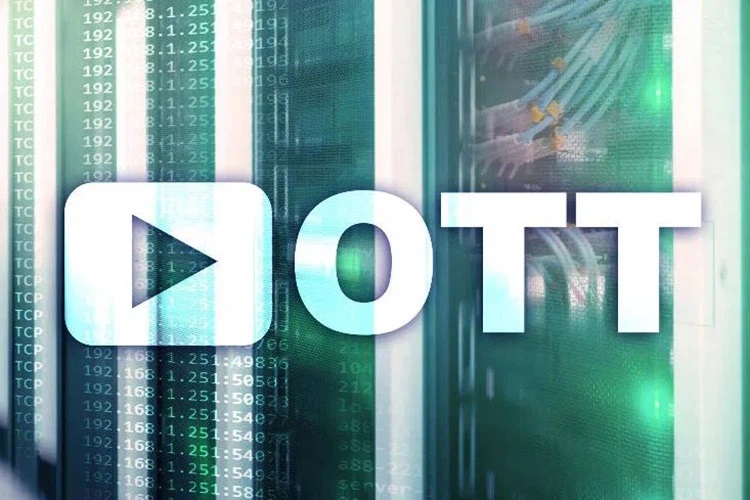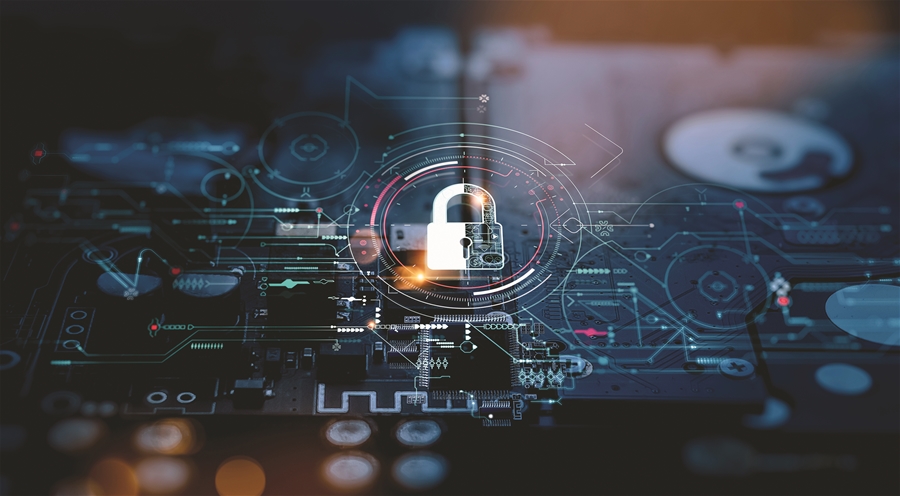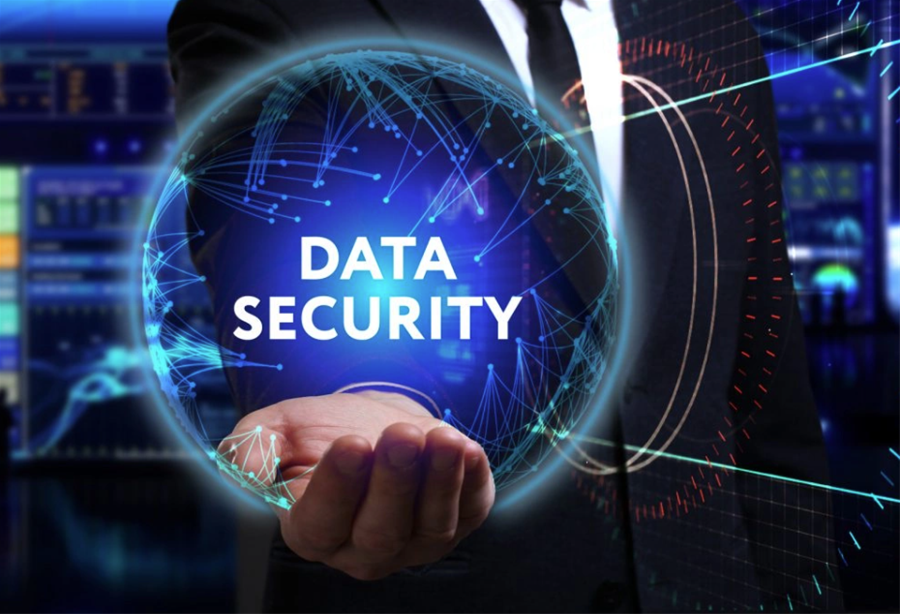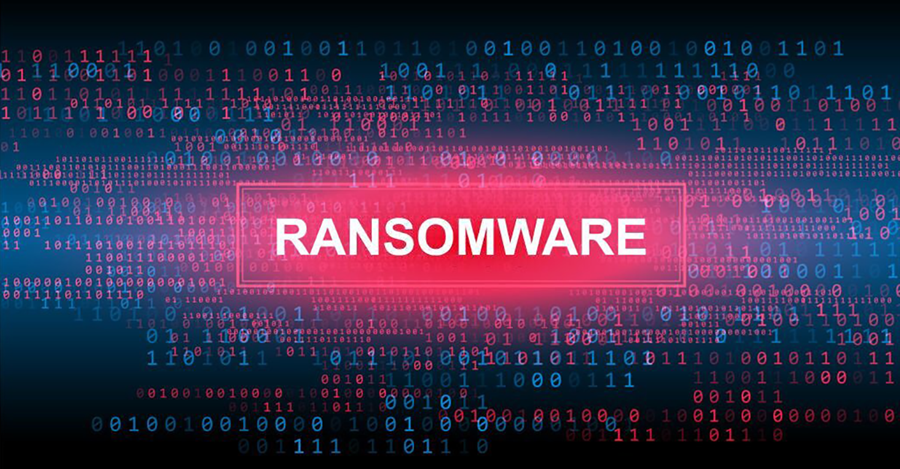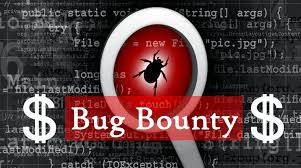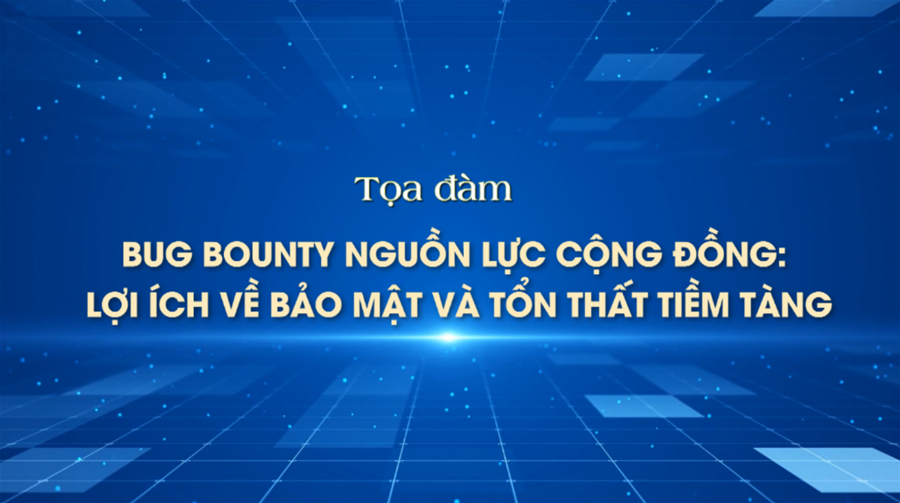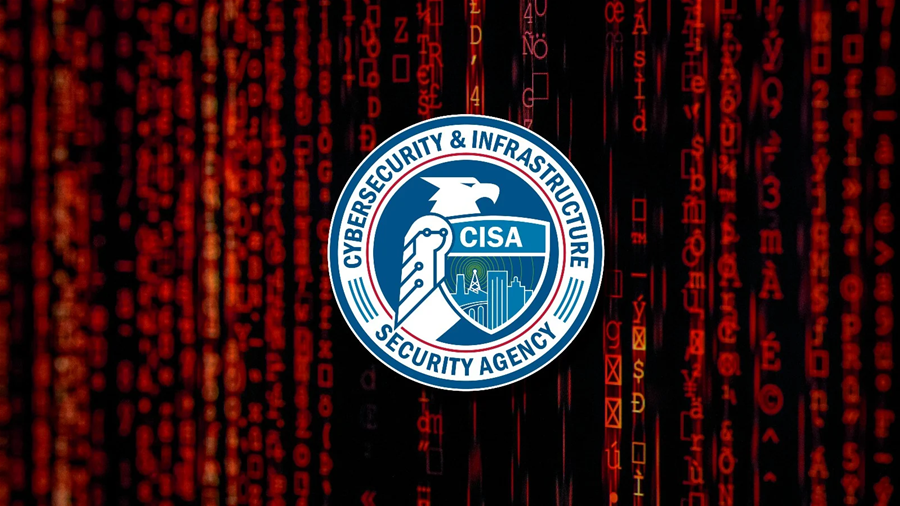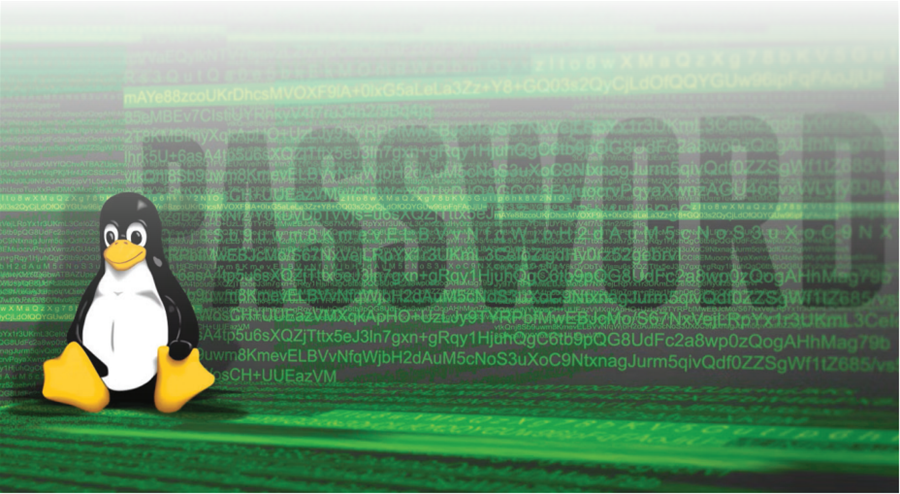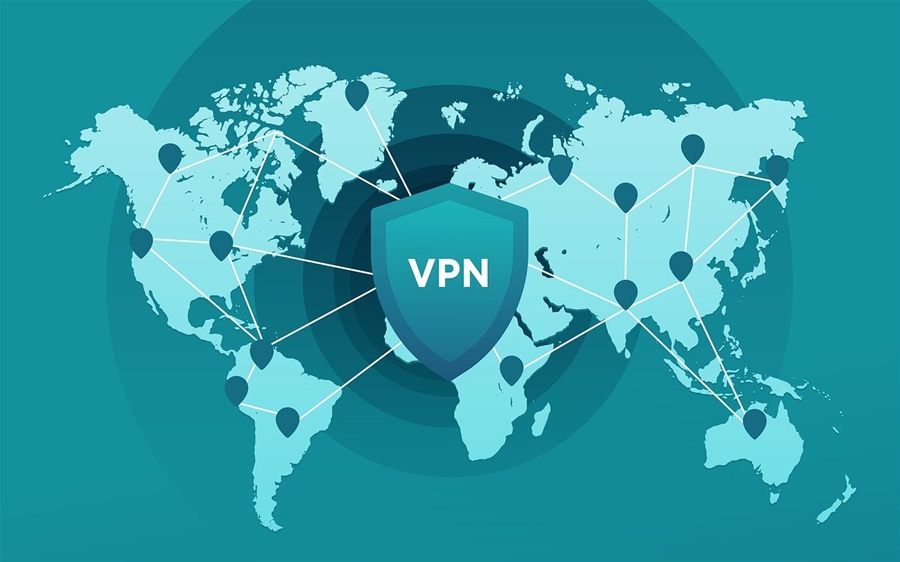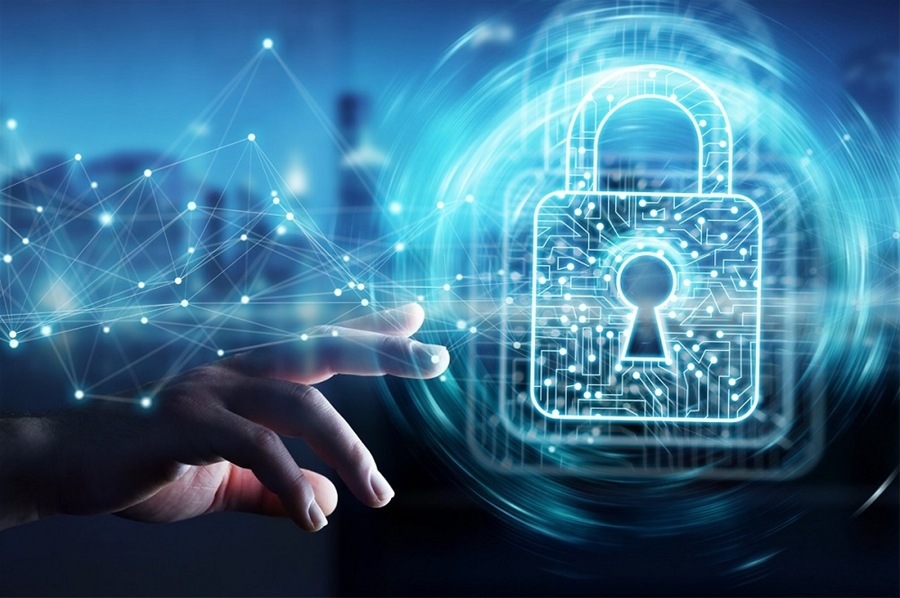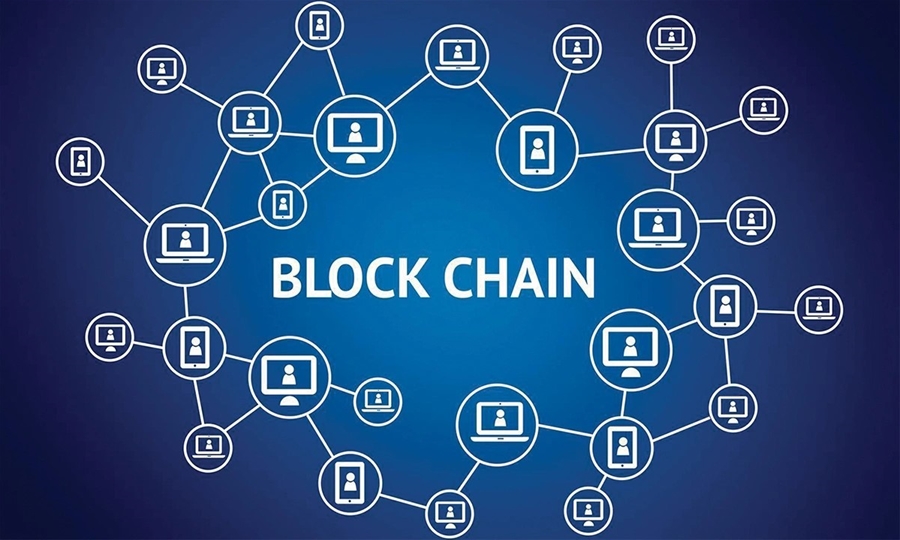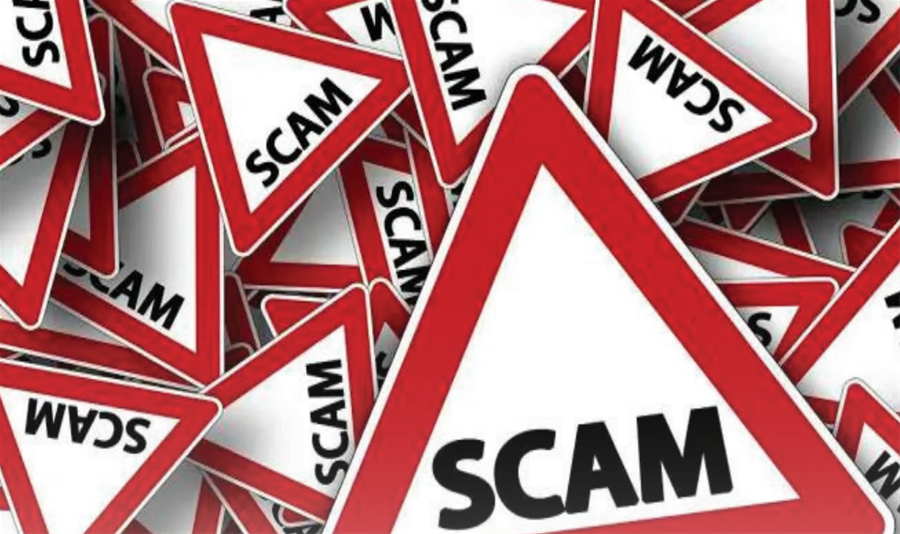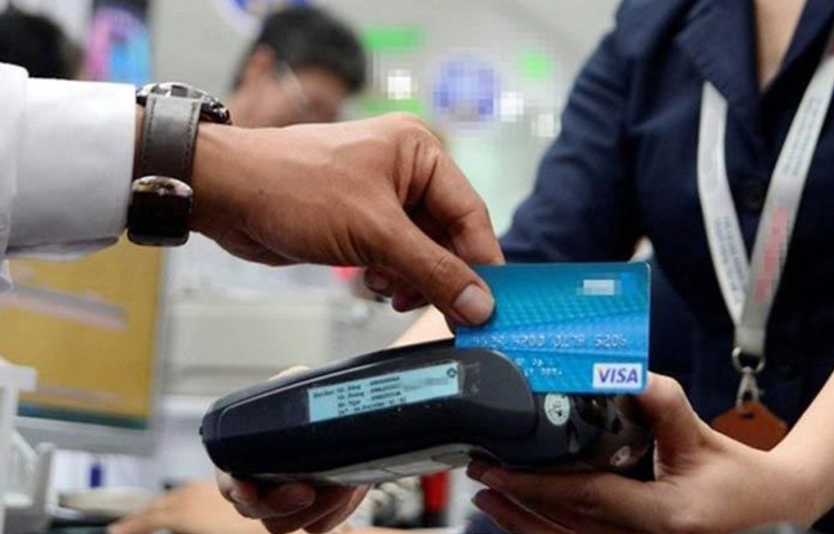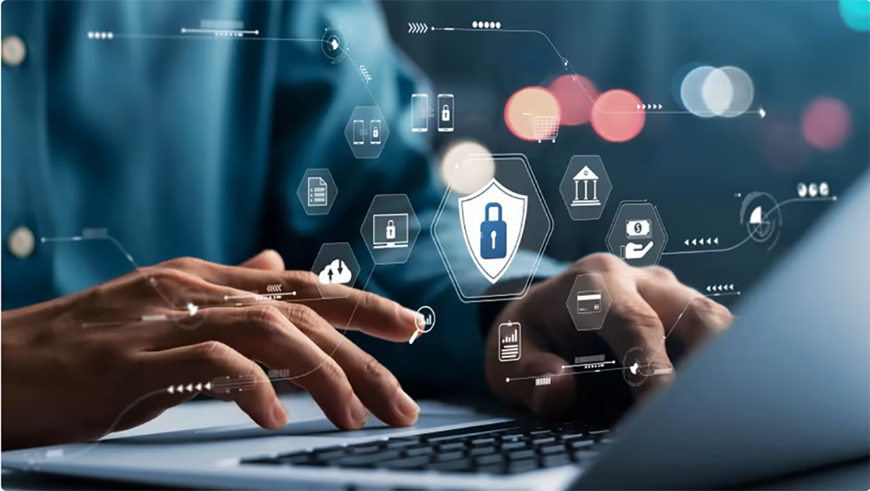Information Leakage Through Electromagnetic Radiation of PS/2 Keyboard
Tóm tắt - Bàn phím máy tính thường được sử dụng để nhập dữ liệu đầu vào cho một hệ thống máy tính, các dữ liệu có thể là văn bản thông thường hoặc thông tin cần được bảo mật như mật khẩu hay khóa. Bàn phím sử dụng các linh kiện điện tử, vì thế chúng sẽ gây ra bức xạ điện từ dẫn đến lộ lọt các thông tin khi gõ phím. Bài báo này trình bày về việc thu các tín hiệu bức xạ điện từ phát ra từ bàn phím PS/2 khi gõ phím qua các con đường khác nhau (nhiễu bức xạ trong không gian, nhiễu dẫn trên đường nguồn, qua mạng LAN). Từ đó, nghiên cứu xây dựng một module chương trình trên MATLAB để khôi phục lại tín hiệu gõ phím từ các dữ liệu thu được trong trường gần của bàn phím. Kết quả của cách tấn công trên kênh kề này là khôi phục trung bình được hơn 70% ký tự được gõ trong trường gần của bàn phím PS/2. Trường hợp tốt nhất kết quả có thể lên đến hơn 90% ký tự được gõ. Từ kết quả nghiên cứu trên, nhóm nghiên cứu rút ra kết luận, các loại bàn phím PS/2 đều phát ra các bức xạ điện từ gây mất mát thông tin và không an toàn để sử dụng khi nhập các thông tin cần được bảo mật.
|
REFERENCES [1]. Andrea Barisan Daniele Bianco, “Side Channel Attacks Using Optical Sampling of Mechanical Energy and Power Line Leakage”, Copyright Inverse Path Ltd, 2009. [2]. Asonov, D., and Agrawal, R., “Keyboard Acoustic Emanations”, In IEEE Symposium on Security and Privacy, 2004. [3]. Blzarotti, D., Cova, M., and Vigna, G., “Clearshot: Eavesdropping on keyboard input from video”, In IEEE Symposium on Security and Privacy, 2008. [4]. Kuhn, M. G., “Compromising Emanations: Eavesdropping risks of Computer Displays”, Technical Report, 2003. [5]. John V. Monaco, “SoK: Keylogging Side Channels”, IEEE Symposium on Security and Privacy, 2018. [6]. Lizhuang, Fengzhou, J. D. Tygar, “Keyboard Acoustic Emanations Revisited”, In Proceedings of the 12th ACM Conference on Computer and Communications Security, November 2005. [7]. Loughry, J., and Umphress, D. A., “Information leakage from optical emanations”, ACM Trans. Inf. Syst. Secur, 2002. [8]. Martin Vuagnoux, Sylvain Pasini, “Compromising Electromagnetic Emanations of Wired and Wireless Keyboards”, Security and Cryptography Laboratory, 2007-2009. [9]. Smulders, P., “The Threat of Information Theft by Reception of Electromagnetic Radiation from RS-232 Cables”, Computers and Security, 1990. [10]. Tuttlebee, W., “Software Defined Radio: Enabling Technologies”, John Wiley and Sons, England, 2003. [11]. Tzipora Halevi, Nitesh Saxena, “Keyboard acoustic side channel attacks: exploring realistic and security-sensitive scenarios”, International Journal of Information Security, Springer, 2014. [12]. Van Eck, W., “Electronagmetic radiation from video Display Units: An eavesdropping risk?”, Comput. Secur, 198. |
Thông tin trích dẫn: M.Sc. Duc Chinh Bui, M.Sc. The Minh Ngo, Ngoc Vinh Hao Nguyen, M.Sc. Manh Tuan Pham, “Information Leakage Through Electromagnetic Radiation of PS/2 Keyboard”, Nghiên cứu khoa học và công nghệ trong lĩnh vực An toàn thông tin, Tạp chí An toàn thông tin, Vol. 10, pp. 51-60, No. 02, 2019.
Duc Chinh Bui, The Minh Ngo, Ngoc Vinh Hao Nguyen, Manh Tuan Pham


